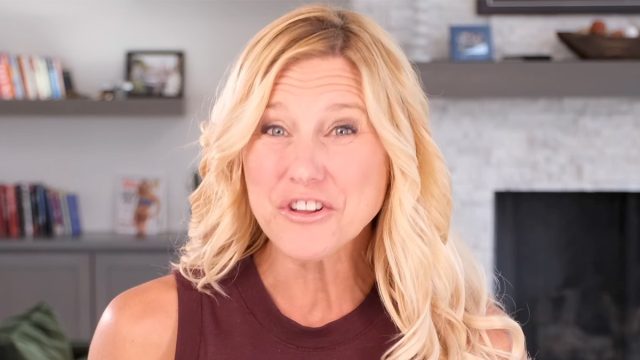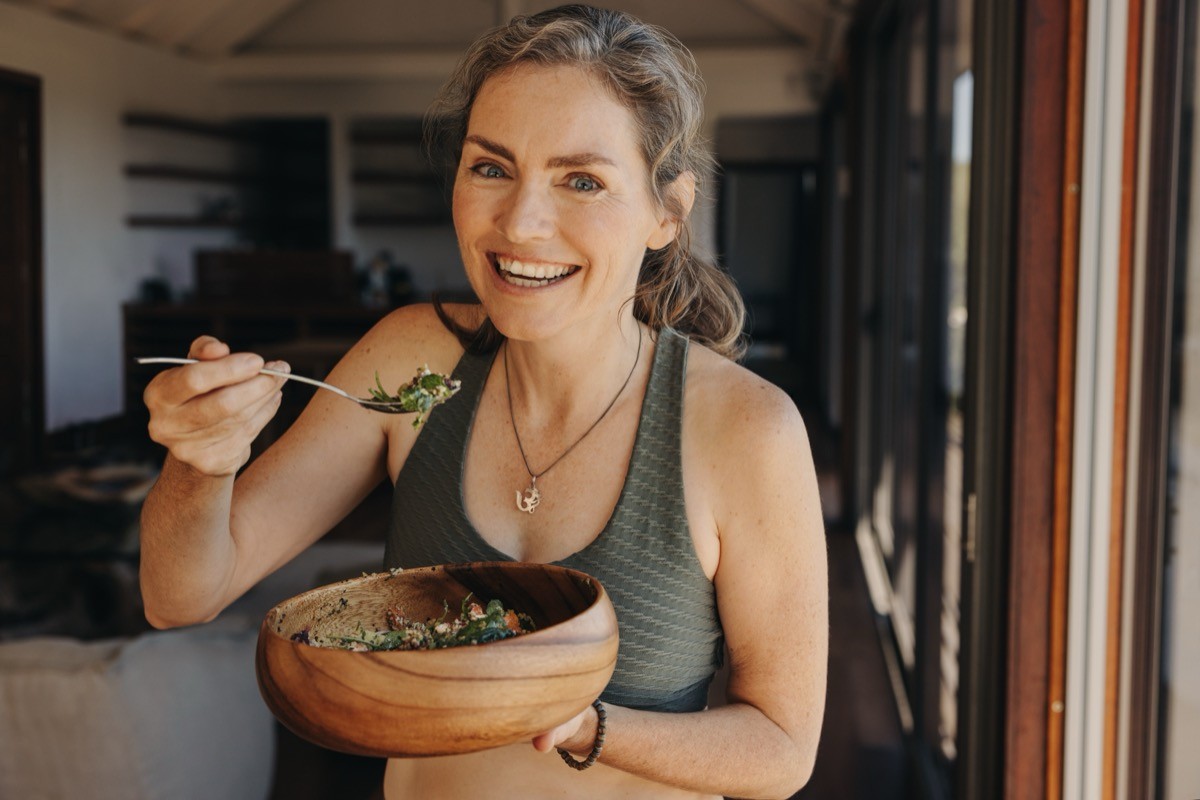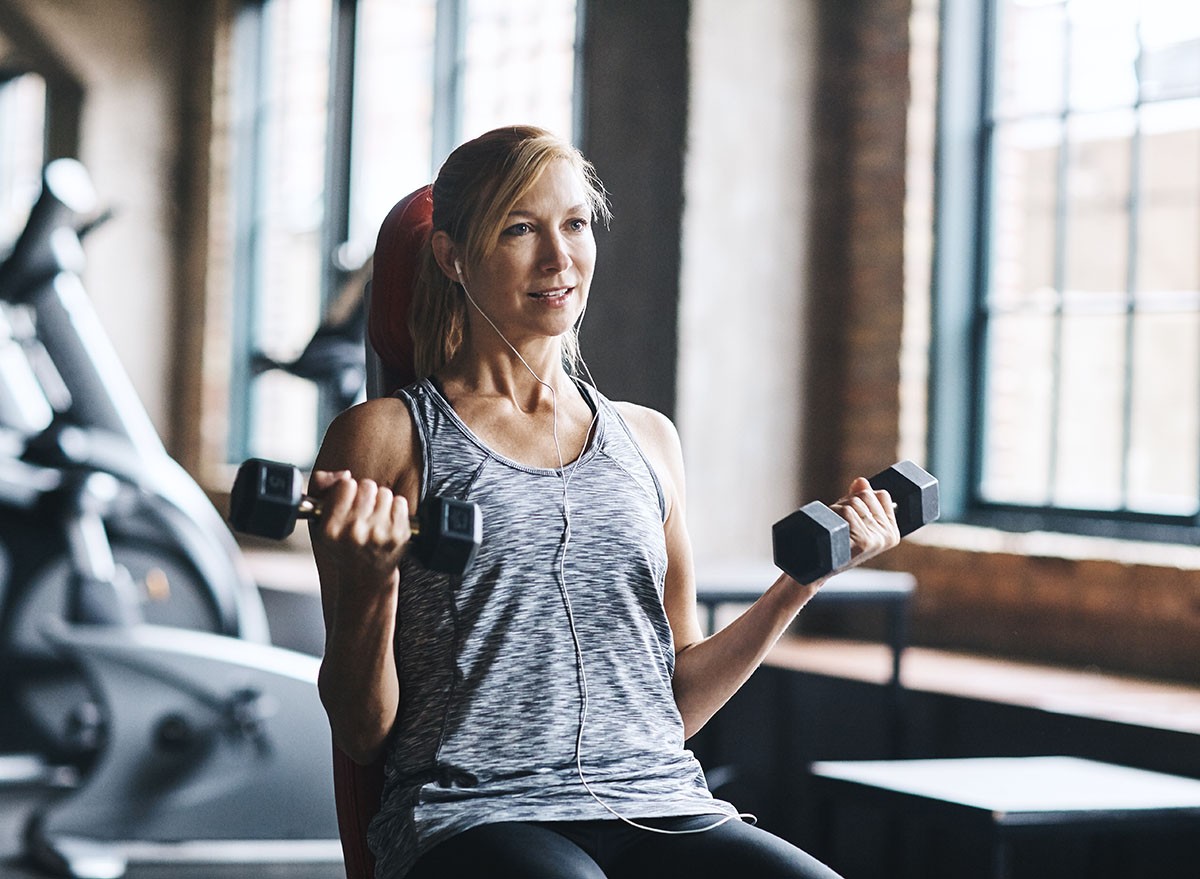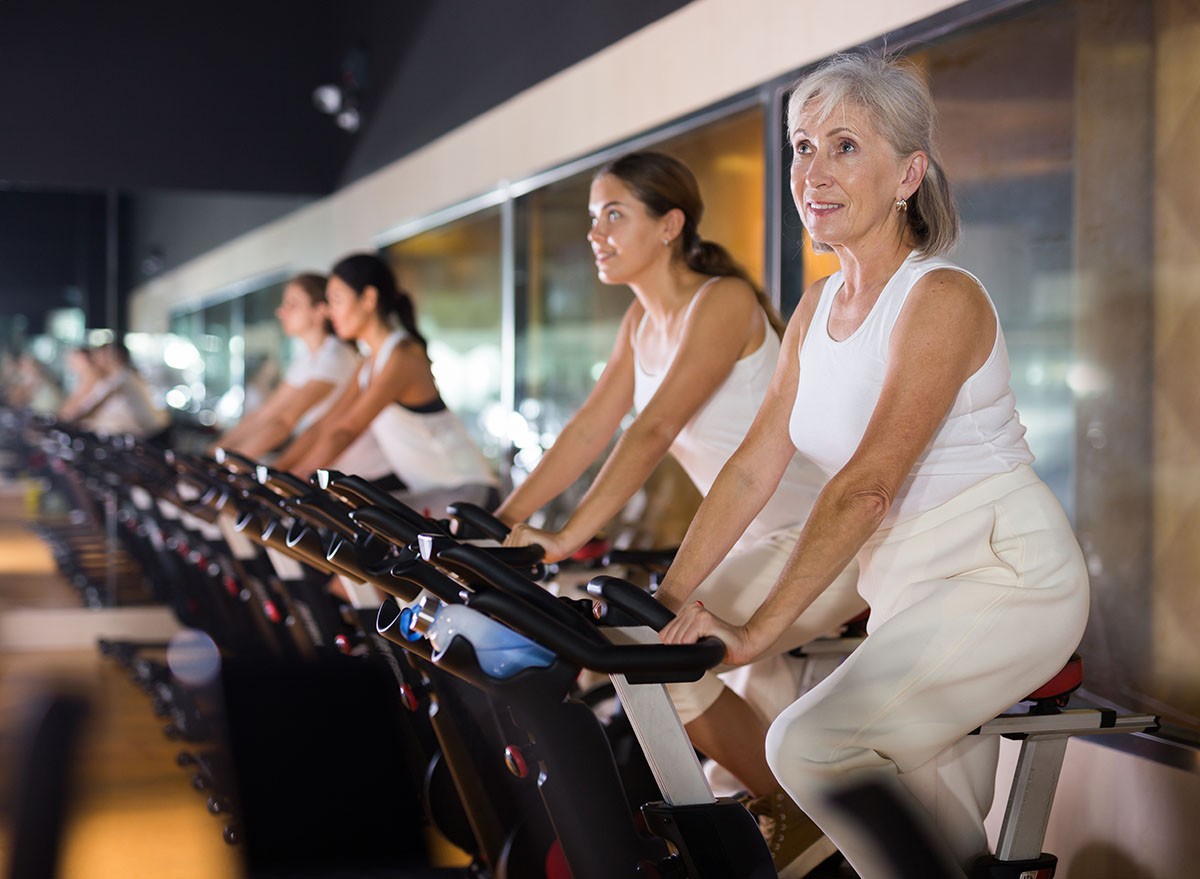Fitness Expert Reveals 5 Habits That Transform Women's Bodies Over 40

Do you find yourself struggling to maintain the fitness level you once had? You're not alone. Julie Lohre, with over 20 years of experience as a Female Fitness Expert and pioneer in Online Personal Training for Women, has developed practical strategies specifically for women over 40. Through her popular FITBODY YouTube channel, Julie has helped thousands of women transform their bodies and reclaim their confidence. "Having just turned 50 this year, I wanted to share these science-backed action steps that can help you get in the best shape of your life," says Julie. Read on to discover five powerful strategies that go beyond typical gym advice—you won't want to miss the game-changing fifth tip.
Embrace HIIT Cardio for Maximum Results
High-intensity interval training (HIIT) offers a time-efficient approach to cardio that's particularly beneficial for women over 40. This method alternates between short bursts of intense exercise and low-intensity recovery periods. "HIIT is a powerful strategy that can drastically improve your cardiovascular health, enhance insulin sensitivity, and facilitate fat loss—especially that stubborn subcutaneous fat that traditional routines miss," Julie explains in her post.
A typical HIIT session might include 30 seconds of sprinting followed by a minute of walking or slow jogging, repeated for 10-20 minutes. According to Julie, "Research shows this method is highly effective for women and produces better fat loss results compared to long-duration, low-intensity cardio workouts." The flexibility of HIIT means you can incorporate it into various activities like cycling, running, or using an elliptical machine.
Practice Mindful Eating

Many women over 40 struggle with cycles of overeating and undereating that disrupt metabolism. Mindful eating offers a solution by reshaping your relationship with food. "Mindful eating isn't about restricting certain foods or following strict rules," Julie shares. "It's about being fully present and engaging with the eating experience, understanding both the physical and emotional cues that influence your food choices."
Research indicates this approach significantly reduces impulsive eating behaviors. Julie recommends starting with small, manageable steps, such as eating without distractions. "In our busy lives, we often eat while scrolling through our phones, working at our desks, or watching TV," she notes. "This leads to mindless eating where you're not aware of how much or what you're actually consuming."
RELATED: 10-Min Walking Workout Burns Fat at Home, Says Coach
Put Your Fork Down Between Bites

This simple habit can make a remarkable difference in your eating patterns. "Putting down your fork between each bite slows down your eating pace," Julie advises. "It takes about 20 minutes for your brain to register fullness, so slowing down gives your body enough time to recognize when you're actually full."
Julie suggests engaging all your senses during meals. "Before sitting down to eat, I take a moment to appreciate the appearance and smell of my food," she says. "Taking a deep breath sets the right frame of mind and helps you enjoy your food more." Paying attention to texture and flavor makes meals more satisfying, even when eating less.
Incorporate Strength Training

Strength training counteracts the natural decline in muscle mass that occurs with age. "Maintaining muscle isn't just about aesthetics," Julie emphasizes. "Strength training is crucial for preserving metabolic rate and overall functional strength, which significantly impacts quality of life."
Research indicates that regular strength training not only helps maintain muscle mass but also supports a healthy metabolism. "As we age, our metabolism tends to slow down, making it easier to gain weight even if we're eating the same calories," Julie explains. "By including strength training in your routine, you keep your metabolism strong and build muscle, burning calories more efficiently every day."
Julie recommends beginning with three weekly strength training sessions, increasing to four to six sessions for more advanced practitioners. "Strength training doesn't just mean lifting weights," she points out. "It can involve any kind of resistance, including bodyweight exercises, bands, or weight machines."
Use Progressive Muscle Relaxation Techniques

Progressive Muscle Relaxation (PMR) offers a strategic approach to reducing stress and anxiety, which can undermine health and well-being. "The benefits of PMR are particularly compelling for women wanting to achieve body recomposition—losing fat while gaining muscle," Julie says. "It helps manage stress, decrease physical tension, and improve sleep quality."
PMR works by systematically tensing and relaxing different muscle groups throughout the body. "This technique helps you recognize the sensations of both tension and relaxation," Julie explains. "That awareness makes it easier to maintain a relaxed state in day-to-day activities."
To practice PMR, Julie recommends starting at the end of your day, beginning with your feet and working up to your face. "For each muscle group, tense the muscle tightly as you breathe in deeply for about five seconds, then relax and release the tension as you breathe out," she instructs. "The contrast between tension and relaxation helps your body recognize and release tension as it occurs."
RELATED: 30 Best Protein Foods That Melt Fat Almost Instantly
Conclusion

Getting and staying fit over 40 doesn't have to be complicated. By implementing these science-backed strategies—HIIT cardio, mindful eating, slowing down while eating, strength training, and progressive muscle relaxation—you can achieve remarkable results. "These aren't just temporary fixes," Julie assures. "They're sustainable practices that can help you maintain fitness for years to come." Start with one strategy today and gradually incorporate the others for a comprehensive approach to fitness after 40.




